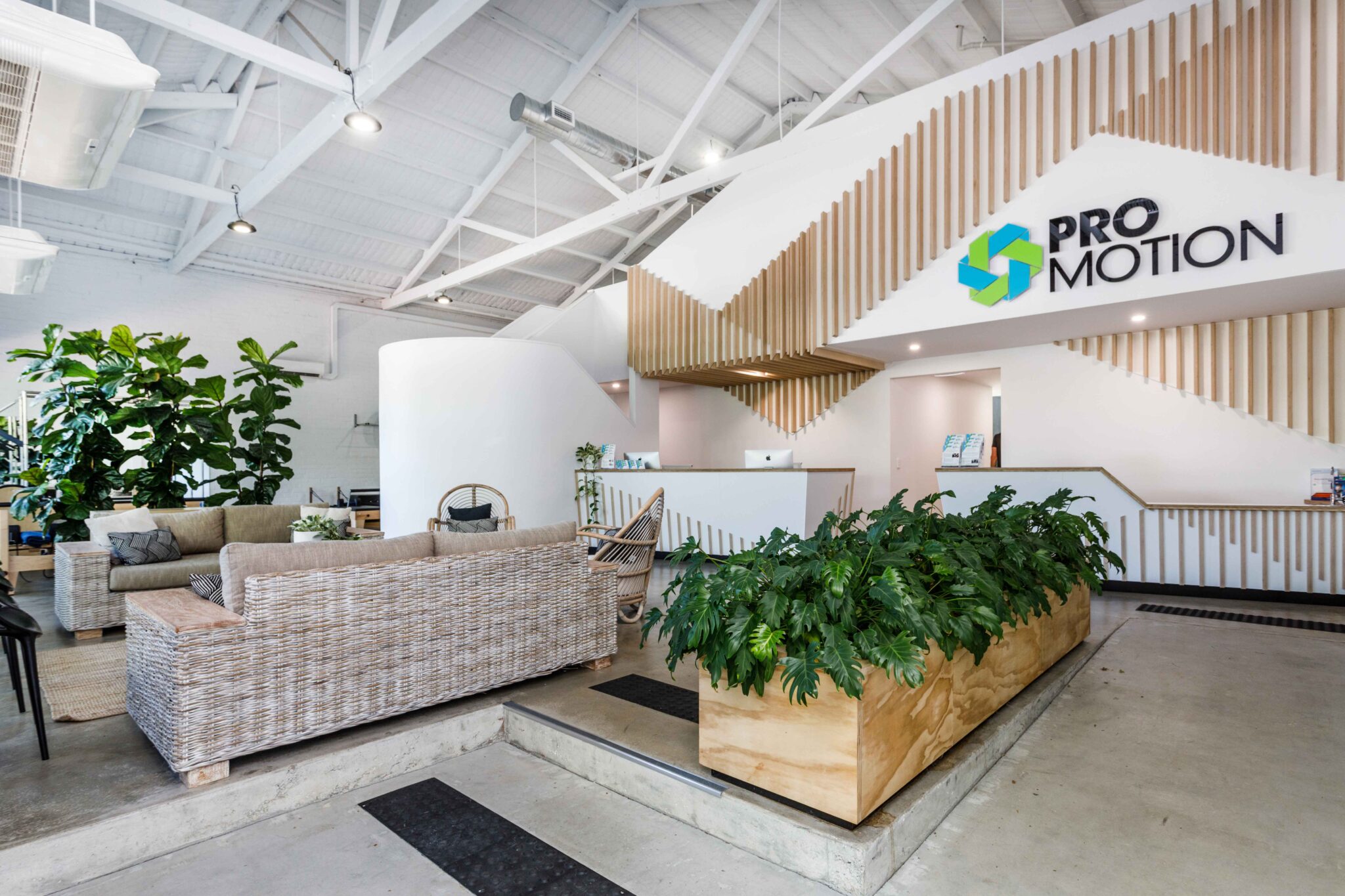
Fact Sheets / Sever’s Disease
Sever’s Disease
Calcaneal apophysitis, commonly known as Sever’s Disease is a common condition in young and physically active people that occurs due to inflammation of the growth plate in the heel bone (calcaneus) between the ages of 8-15 years old.
Causes
- Children’s bones have a growth plate which is made up of cartilage near the end of bones. Over time as the skeleton matures this growth plate fuses.
- Sever’s disease occurs due to the Achilles tendon pulling on its attachment to the calcaneus, resulting in inflammation of the growth plate.
- Repetitive stress, increased exercise intensity, change in exercise activity and growth spurts are common causes of this inflammation.
Signs & Symptoms
- Pain localised to the heel and Achilles tendon
- Pain aggravated by weight bearing activities such as walking, running, jumping
- Recent increase in activity levels often precedes injury
- Usually occurs in periods of growth spurt (between 8-15 years old)
- Pain in the heel when squeezing around Achilles tendon
Differential Diagnosis
- Achilles tendinopathy
- Retrocalcaneal bursitis
- Calcaneal fracture
- Plantar fasciitis
PROmotion Assessment and Outcomes Measures
- Subjective examination including assessment of current and previous activity levels, past injury history, aggravating factors, footwear
- Assessment of lower limb and pelvic stability and control through positions such as jumping, landing and running
- Assessment of ankle range of motion, calf and foot strength, quadriceps, hamstring and gluteal strength and flexibility.
- Palpation of heel and surrounding structures in the foot
- Assessment of sporting footwear
How to Manage
- Education and advice regarding load management. This will be dependent on the child’s current function and pain levels. Often a period of offloading is required in the early stages if highly irritable.
- Advice regarding return to activity and load management. Sever’s disease is a self-limiting injury and will improve when full skeletal maturity is achieved, however it is important your child is able to stay active whilst managing there injury.
- If applicable manual therapy to help improve ankle range of motion and decrease muscle tightness.
- Prescription of a home exercise program targeted to impairments contributing to symptoms including lower limb and pelvic stability and control, strength and flexibility.
- Following assessment of foot biomechanics, if appropriate advice regarding footwear and referral to Sports Podiatrist if necessary for orthotic review.
- Management may also include referral to a sports doctor for review if any further medical intervention such as imaging, differential diagnosis and assistance with management plan.
References
- James A., Williams C., Haines T. (2013). Effectiveness of interventions in reducing pain and maintaining physical activity in children and adolescents with calcaneal apophysitis (Sever’s disease): a systematic review. Journal of foot and ankle research; 6(1): 16.
- Micheli L.J., Ireland M.L. (1987). Prevention and management of calcaneal apophysitis in children: an overuse syndrome. Journal of pediatric orthopedics; 7: 34-38.
- Wiegerinck J.I., Zwiers R., Siervelt I.N., van Weert H.C.P.M., van Dijk C.N., Struijs P.A.A. (2016). Treatment of calcaneal apophysitis: wait and see versus orthotic device versus physical therapy: a pragmatic therapeutic randomized control trial. Journal of pediatric orthopaedics; 36(2):152-157.